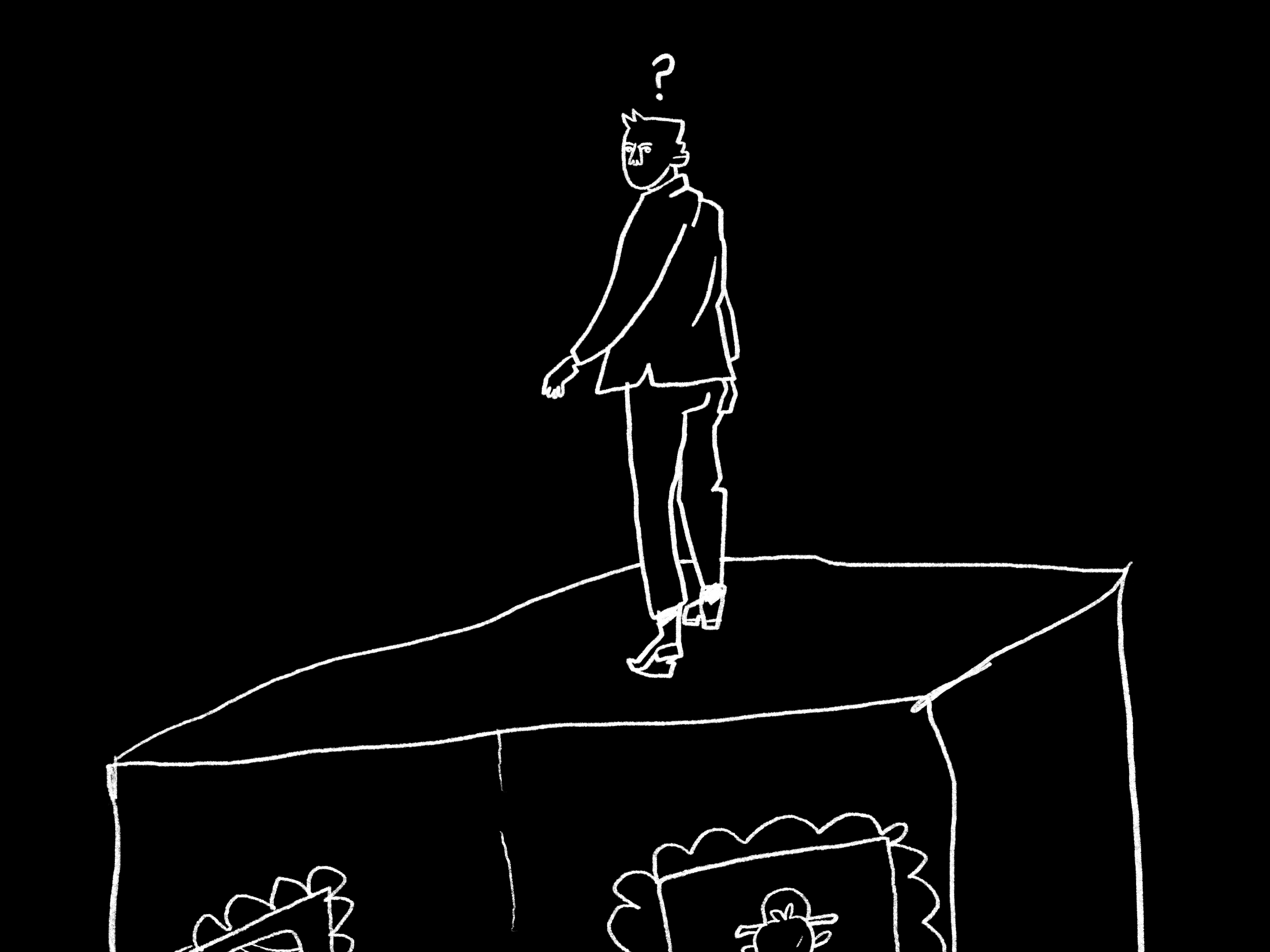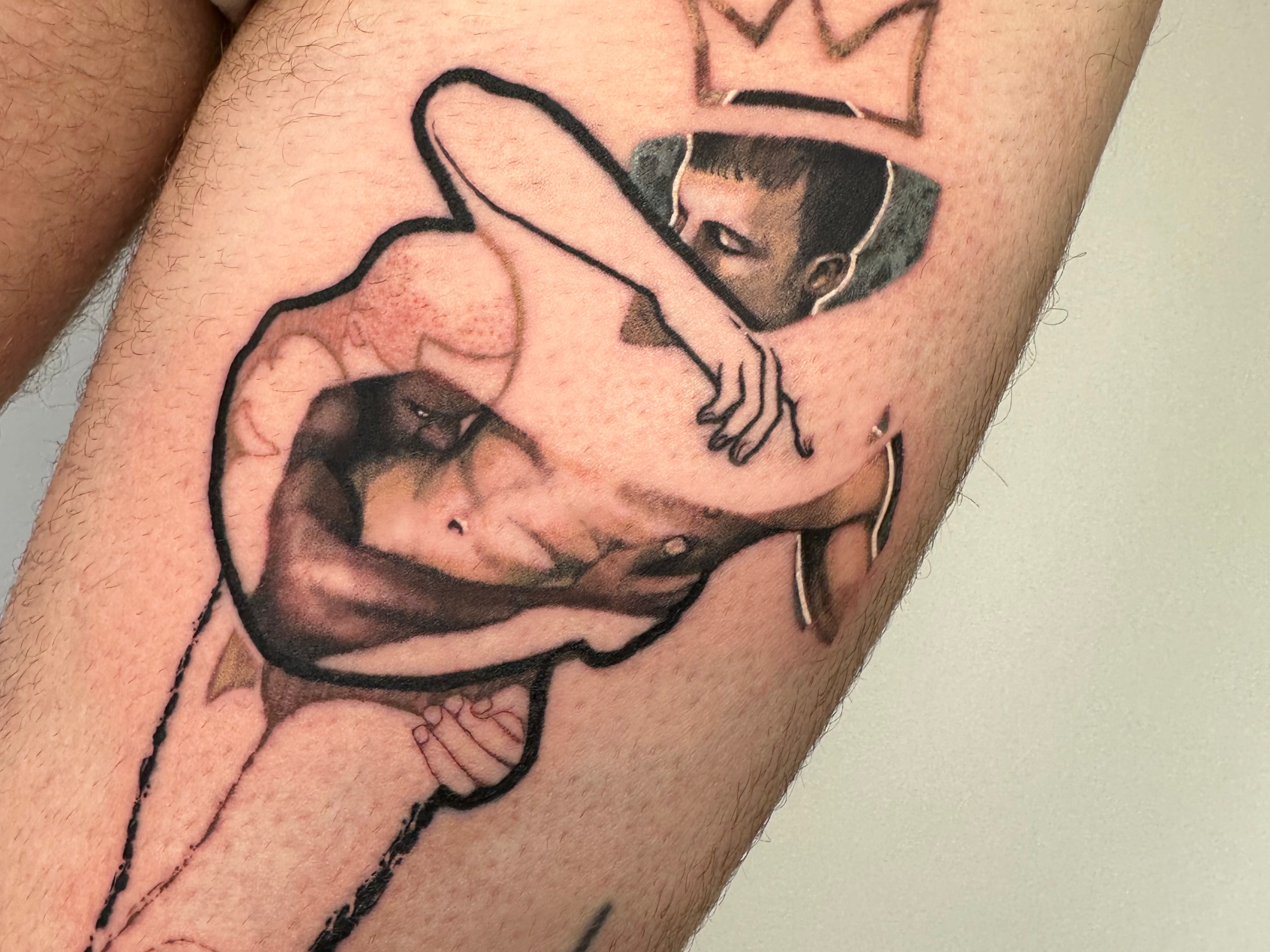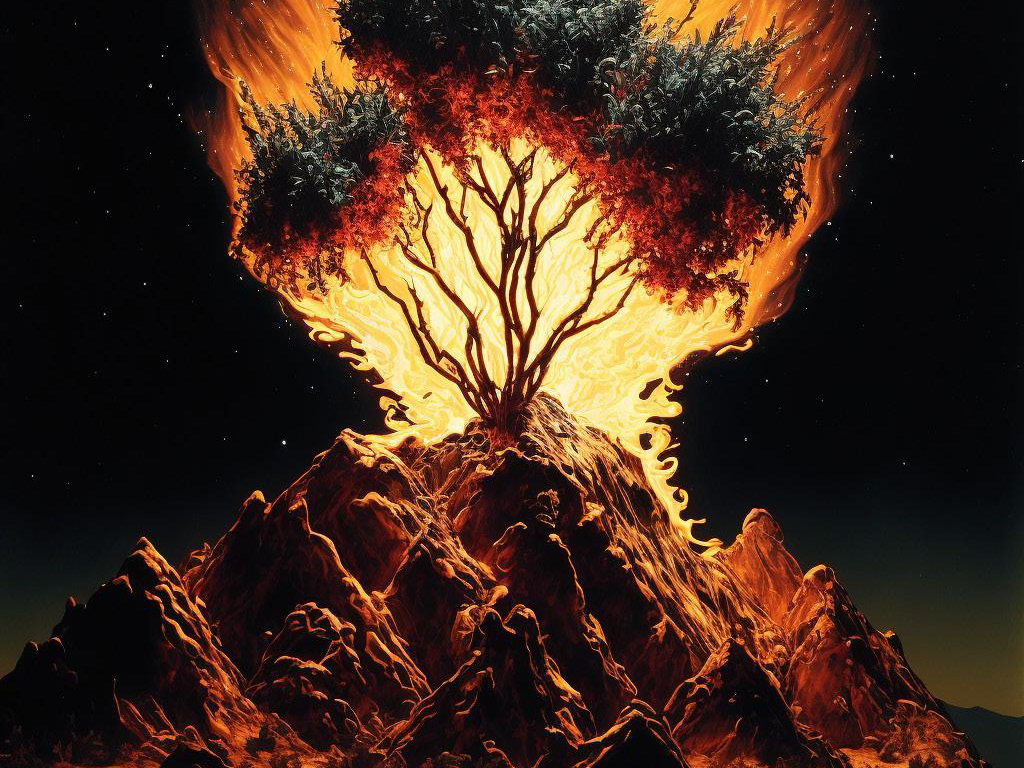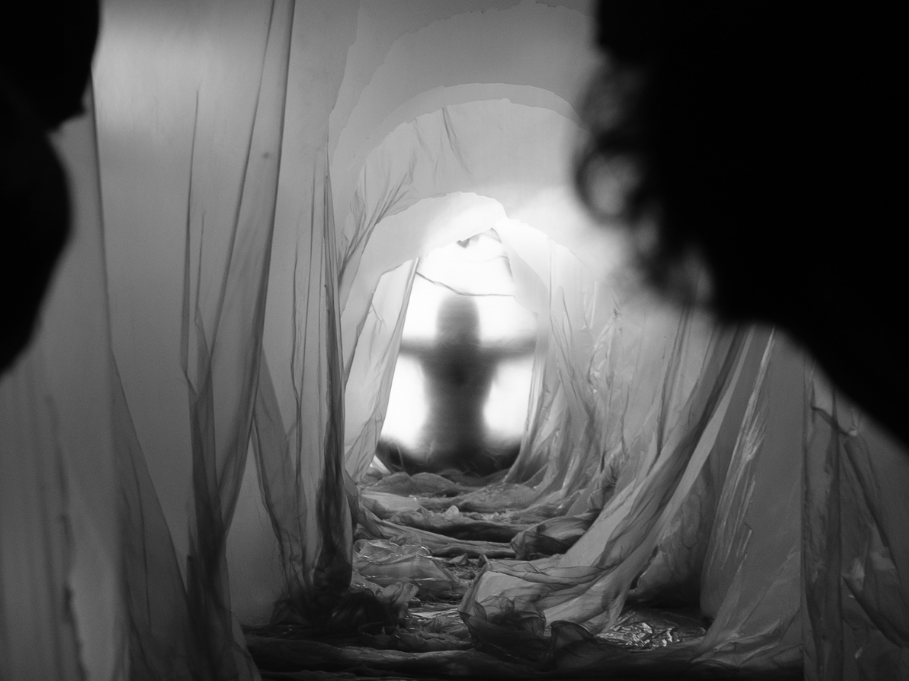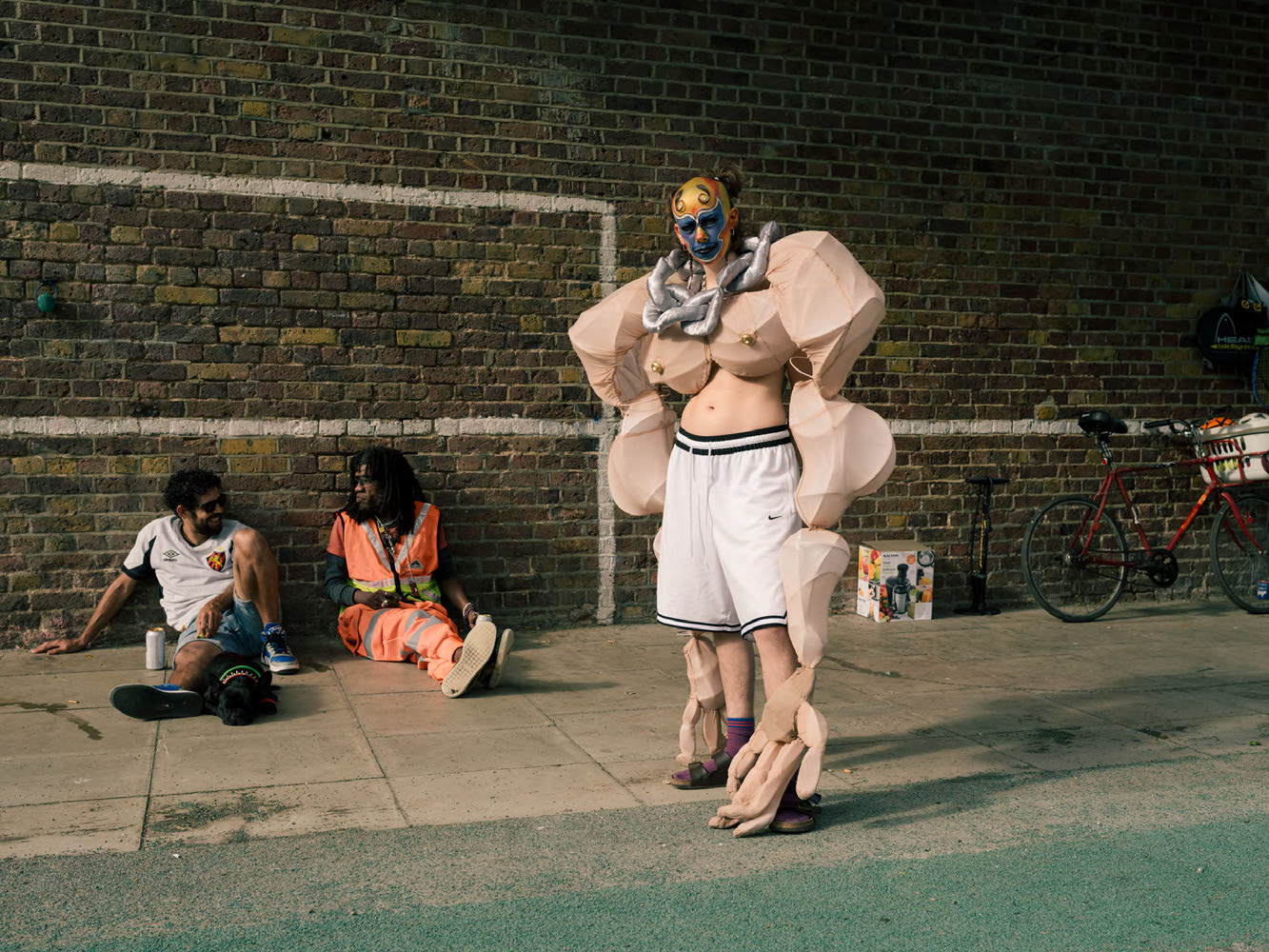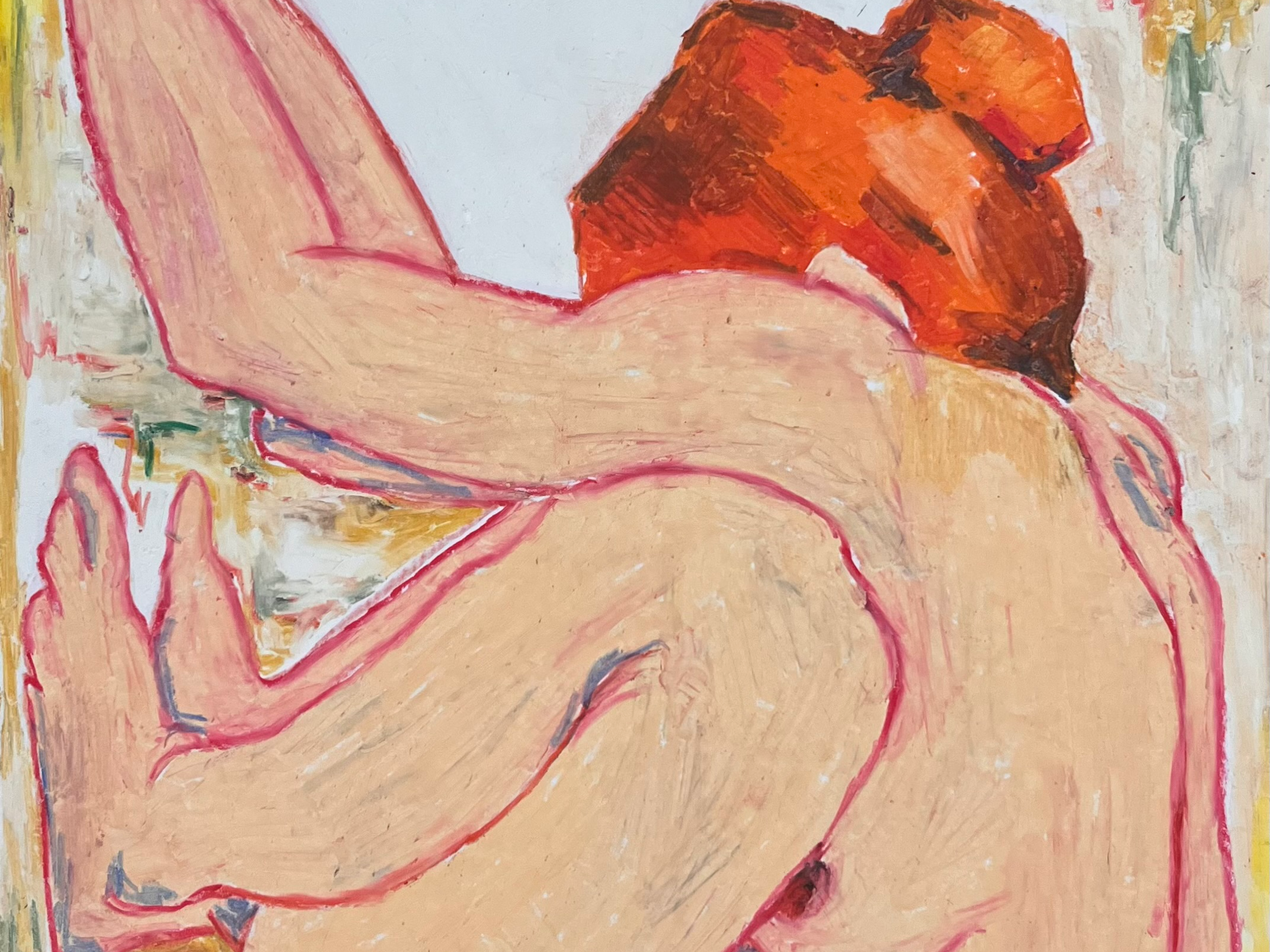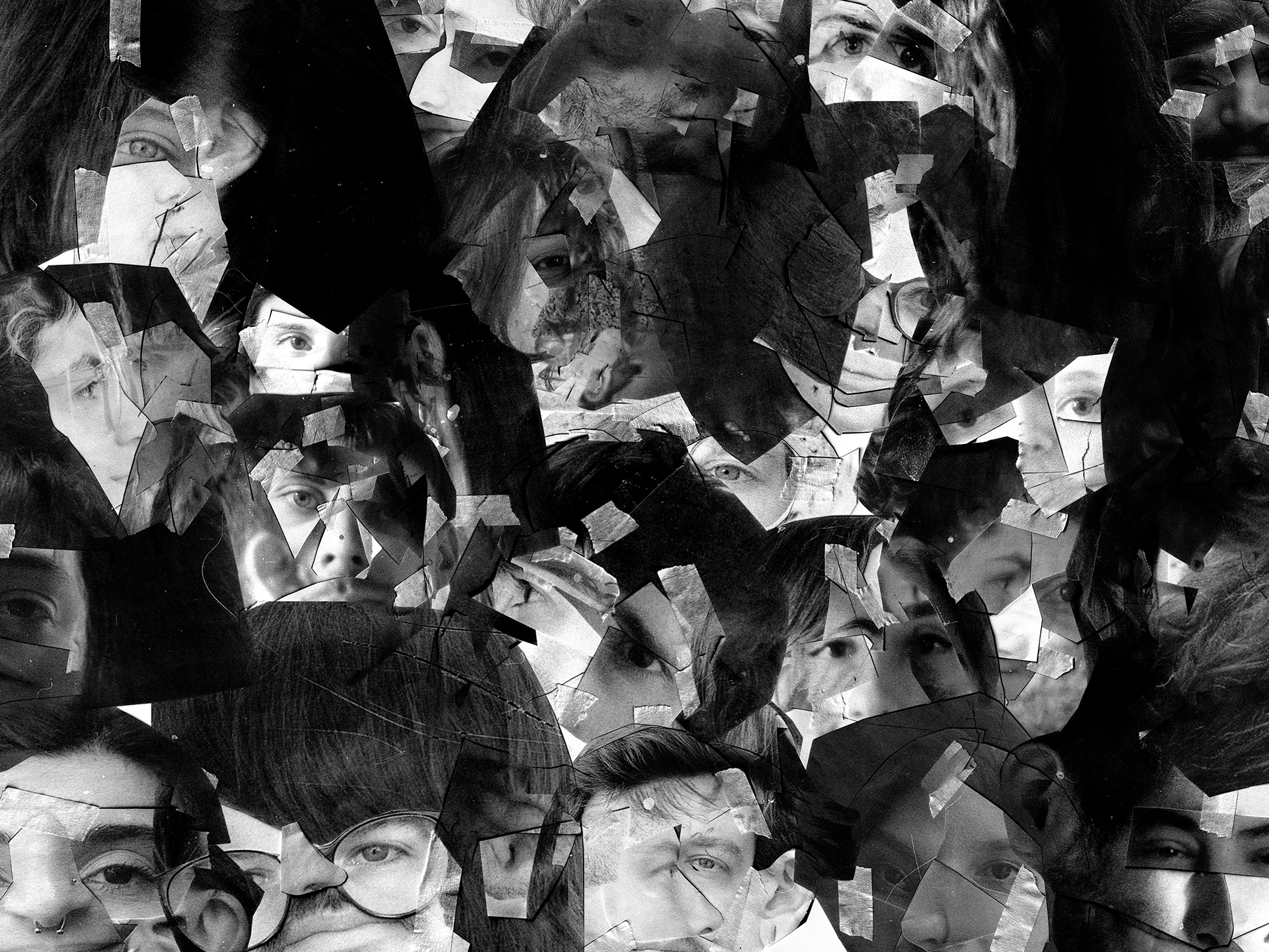The Fluid World of Eden Zornitser
Reported by Adam Karev
In a small darkroom beneath levontin 7 bar in tel aviv, Eden Zornitser carves out a space that intertwines survival with self-expression. As a genderfluid artist, eden navigates the treacherous waters of identity, using their art to explore what it means to be truly seen; not just by others, but by oneself. Their work, a blend of vulnerability and defiance, speaks directly to the queer experience, offering a sanctuary of understanding in a world that often feels hostile.
Born in 1995, Eden’s artistic journey mirrors the complexity and nonlinearity of the identities they explore in their work. A graduate of the bezalel academy of arts and design, they’ve pursued an education that stretches beyond the confines of traditional photography. Their time at moholy-nagy university of art and design in budapest through an erasmus scholarship was pivotal, broadening their understanding of art’s role in society. This is where eden began to see photography not just as a tool for capturing images, but as a medium for revealing truths often hidden beneath layers of societal expectation.
Eden’s journey as an artist has been shaped by both formal education and life experiences, each contributing to the depth of their work. In their artist statement, eden mentions that their work focuses on the 'ever-changing nature of identity'; a concept that becomes palpable when viewing their portrait series. The images are striking, not just for their technical precision, but for the stories they tell. Each subject, each composition, is a study in liminality; the space between what was and what is becoming. It’s a space eden knows well, having lived in it for much of their life.
One of Eden’s most ambitious projects, “Neophytes: Kiryat Hamelacha,” is an ongoing series that captures the queer community of tel aviv. The choice of location: an industrial area in downtown tel aviv, adds another layer to the narrative.
Kiryat hamelacha, with its raw, unpolished aesthetic, mirrors the rawness of eden’s subjects. Here, in this seemingly inhospitable environment, eden finds beauty and resilience, much like the individuals they photograph. The project is a testament to the importance of community and the shared experience of being queer in a place where identity is both a battleground and a lifeline.
But it’s not just the subject matter that makes eden’s work compelling; it’s the process, the meticulous, almost ritualistic way they approach their art. Eden uses a large-format camera, a tool that requires patience and precision. The slow pace of this process creates an intimate space for eden and their subjects, allowing for a deeper connection that transcends the superficial. “every hair and pore is visible,” eden notes, and indeed, the images feel almost tactile, as if the viewer could reach out and touch the subjects, feel the weight of their stories.
In the darkroom, eden’s creative process transcends the technical, becoming deeply personal. The use of testosterone gel, part of their gender-affirming therapy, not only shapes the image but also infuses the work with eden’s identity, making the art a true extension of the self. This fusion of the physical and the creative is a powerful statement about the intersection of identity and art. It’s as if eden is imprinting their very essence onto the paper, making the work not just about the subject, but about the artist as well.
This experimentation is particularly evident in “Aura,” a series of pigmented photograms that eden describes as a reflection on their own gender transition. In one piece, a photographic negative of the sun, captured through the window of a plane, is combined with testosterone on paper. The result is a haunting image that is both celestial and deeply personal, embodying the uncertainty and hope of someone on the brink of transformation. “the series delves into the contemplation of moving to a new place during times of conflict and unpredictability,” eden explains. It’s a meditation on the idea of home, not as a physical space, but as a state of being.
Another noteworthy project is “Ha'oman 17,” a documentation of the legendary jerusalem nightclub that relocated to tel aviv and became a hub for the city’s queer scene. Shot on a 4x5 large-format camera, the series captures the club in moments of stillness, between the pulsating beats and throngs of partygoers. The images are almost surreal, with empty dance floors and silent corridors that echo with the memories of nights past. It’s in these quiet moments that eden finds a different kind of truth, a reminder that identity is not only forged in the heat of the moment but also in the spaces between, in the aftermath of experience.
As eden looks to the future, their work continues to evolve, yet it remains rooted in the exploration of identity. Their upcoming projects promise to push the boundaries even further, delving into new territories both geographically and conceptually. Eden is planning to expand their focus, potentially including new communities or mediums, all while maintaining the core of what makes their work so resonant: the unwavering commitment to portraying the fluidity of identity in all its forms.
In speaking with eden, it becomes clear that for them, sexuality is a a channel for exploring a much broader concept of identity. “sexuality is a gateway to understanding who we are,” eden says, their voice steady with conviction. “it’s about more than just who we love or how we express our gender. It’s about how we move through the world, how we see ourselves in relation to others, and how we carve out spaces where we can exist authentically.”
Zornitser’s work challenges us to embrace the fluidity of identity, not as something to be feared but as a cause for celebration. In a world often resistant to difference, eden’s art offers hope, reminding us that the truest expressions of who we are lie in the liminal spaces between. Looking ahead, eden is on the brink of a significant transition, planning a move to leipzig, germany. This move represents both a personal and artistic evolution, as leipzig's rich cultural history and dynamic arts scene provide fertile ground for new inspiration. However, eden's journey will not abandon the roots planted in tel aviv. Their projects, which began with capturing the essence of the queer community in their home city, will continue to expand, with new subjects and narratives being woven into the ongoing exploration of identity. This continuous process reflects eden's belief in the fluidity of both identity and art, where each new face and story adds depth and complexity to the broader tapestry of their work. The move to leipzig is not an end but a new beginning, a step forward in an ever-evolving journey of artistic discovery. In eden’s hands, art is not just a mirror reflecting reality; it’s a tool for shaping it, for bending the narrative to include those who have been left out, and for creating a world where everyone, regardless of who they are or where they come from, has a place. Eden Zornitser’s work is a testament to the power of art to transform, to heal, and to reveal.
It challenges us to look beyond the surface, to see the fluidity of identity as not something to be feared, but something to be celebrated. In a society that often struggles with difference, eden’s art is a beacon of hope—a reminder that in the spaces between, in the liminal, we find the truest expressions of who we are.
The Fluid World of Eden Zornitserwas originally published in October 2024 as part of UNHiNGED #4, Who Are You? The full edition is available for physical or digital download on our store.

